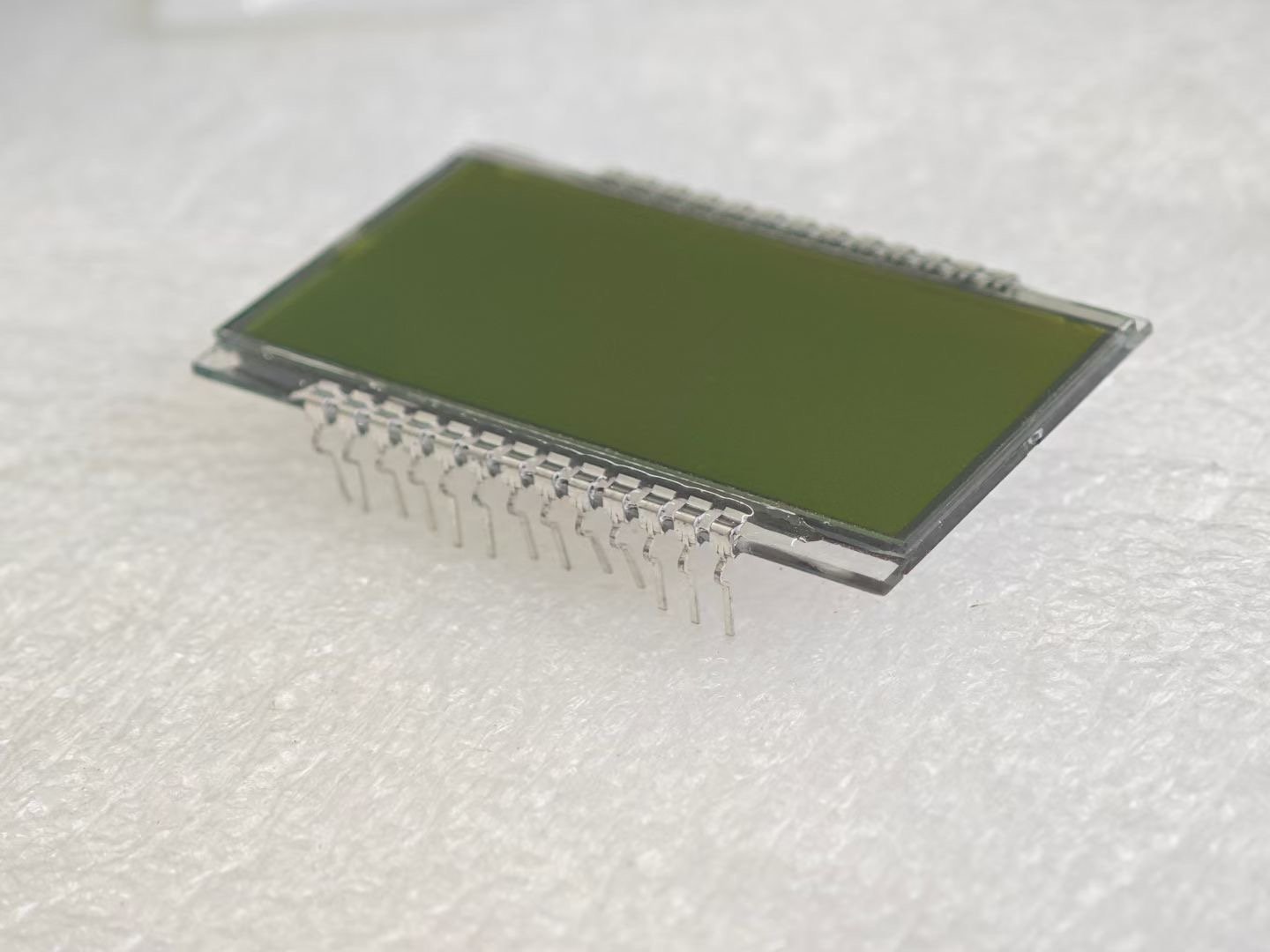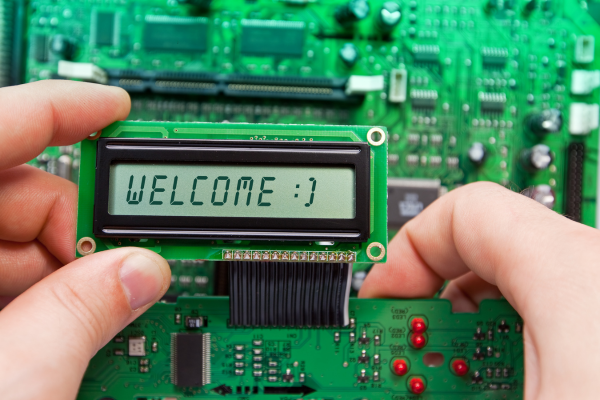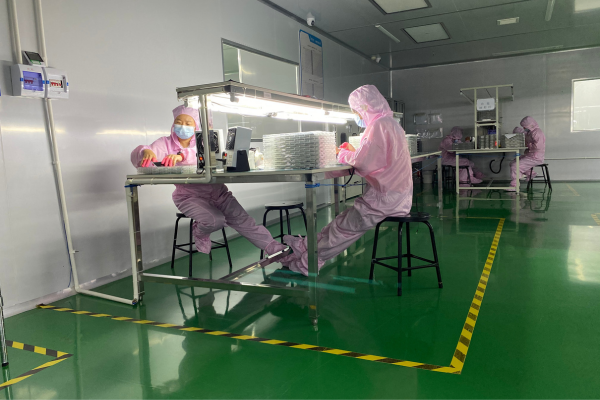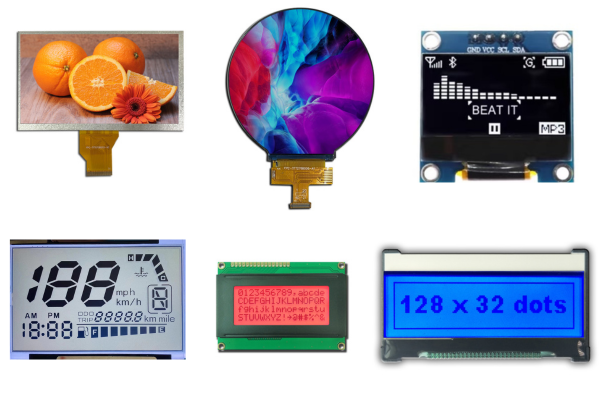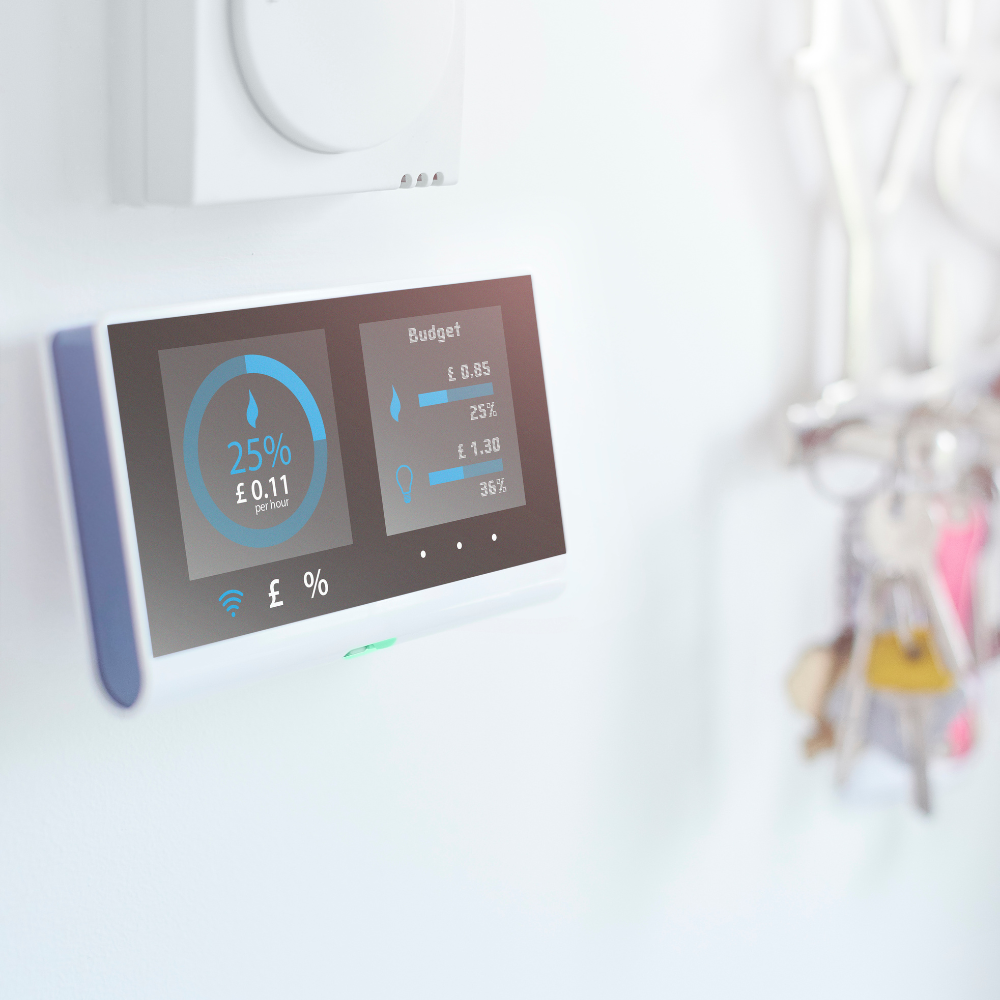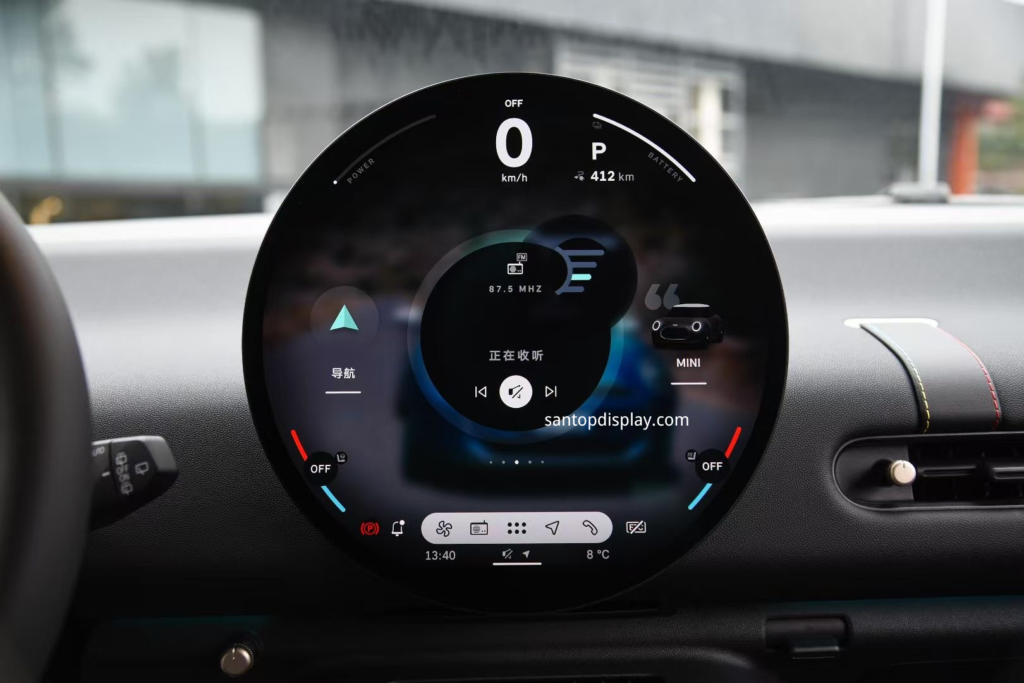
Finding the right display for a car is a real challenge. The screen must survive extreme temperatures and constant vibration. Choosing the wrong one leads to failure and unhappy customers.new
The best displays for automotive use are typically TFT LCDs, especially those with IPS technology. They provide wide viewing angles, excellent color, and reliable performance in the harsh automotive environment.
I remember a client from India, Vikram. He was frustrated because the displays he bought from another supplier washed out in direct sunlight. This conversation showed me how critical the right screen choice is for his business.
What Are the Best Car Display Types for Your Vehicle?
There are several types of displays used in cars. Each has its own strengths. Let’s look at the most common ones to help you decide which is best for your project.
TFT LCDs are the standard for vibrant infotainment systems. OLEDs offer amazing contrast for high-end vehicles. Segment LCDs are perfect for simple, cost-effective readouts like clocks or temperature controls.
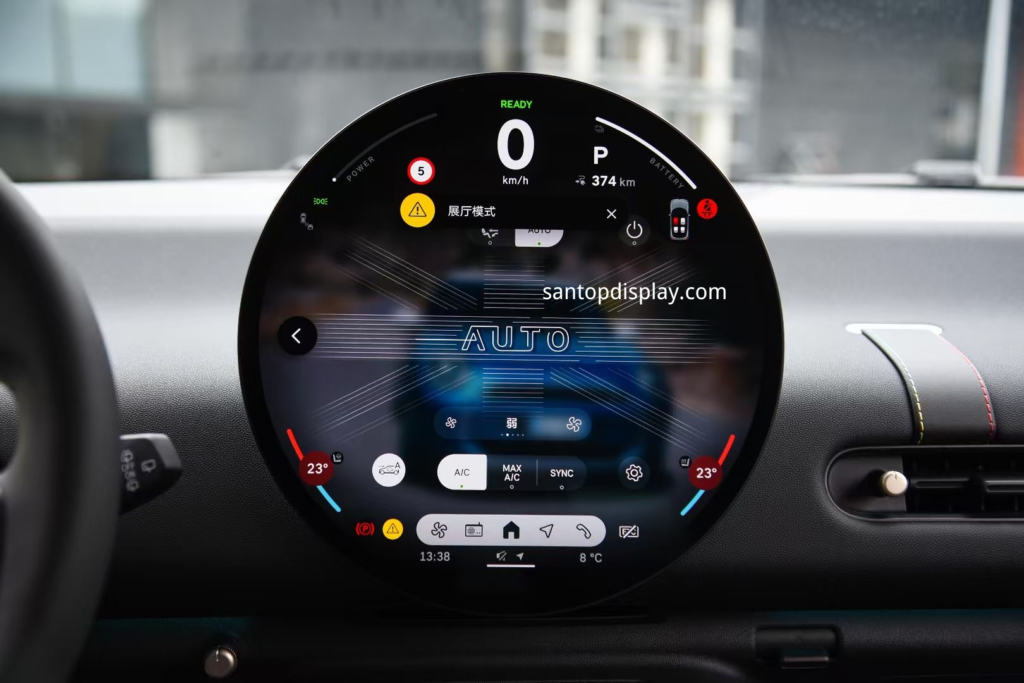
TFT LCD (Thin-Film Transistor)
TFT LCDs are the most common choice for modern cars. You can find them in digital dashboards, central infotainment systems, and even heads-up displays (HUDs). They offer a great balance of bright, full-color images and durability. At my factory, we produce a wide range of TFTs because they are so versatile. They can show complex graphics like maps and video, which is essential for today’s vehicles.
OLED (Organic Light Emitting Diode)
OLED displays are a premium option. Unlike LCDs, they don’t need a backlight because each pixel creates its own light. This results in perfect black levels and an incredible contrast ratio. The colors are also very vibrant. You will see these in luxury cars. However, they can be more expensive. There is also a concern about screen burn-in over a long time, which is something automotive engineers consider carefully.
Segment LCD
Segment LCDs are the simplest type. Think of the display on a digital clock or a calculator. They show pre-defined numbers, letters, or symbols in a fixed layout. They are extremely reliable and use very little power. In cars, they are perfect for basic information. This includes things like the gear indicator, climate control temperature, or the odometer. They are a very cost-effective solution for these applications.
What’s the difference for VA, TN, and IPS TFT LCD Displays?
Not all TFT displays are created equal. The technology inside the panel changes everything. Knowing the difference between TN, VA, and IPS is key to choosing the right screen for a car.
IPS technology offers the best all-around performance with wide viewing angles and great color. VA has the best contrast. TN is the fastest and cheapest but has poor viewing angles for automotive use.
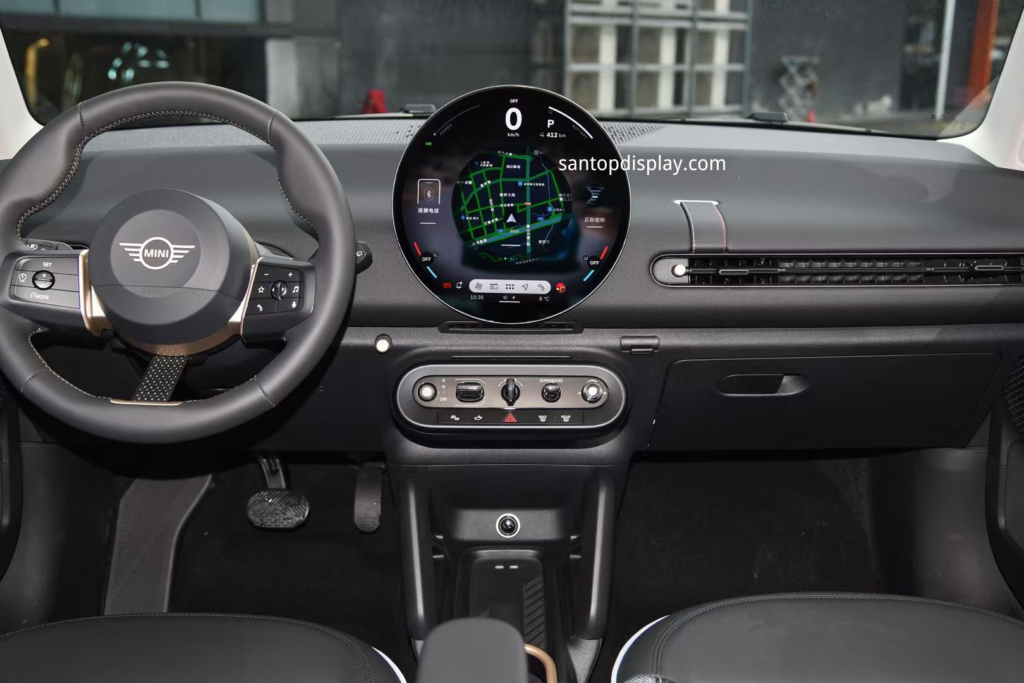
In-Plane Switching (IPS)
IPS is my top recommendation for most automotive central displays. With IPS, the liquid crystals move parallel to the screen surface. This technology gives you the widest viewing angles. Anyone in the car, from the driver to the passengers, can see the screen clearly without color distortion. This is critical for safety and user experience.
Vertical Alignment (VA)
VA panels work differently. The liquid crystals are aligned vertically. When they are off, they block the backlight very effectively. This gives VA displays the best contrast ratios and the deepest blacks of any LCD type. The main trade-off is the viewing angle. If you look at a VA screen from the side, the colors can shift. This makes it less ideal for a central infotainment screen but it can work for a driver’s instrument cluster.
Twisted Nematic (TN)
TN is the oldest and most basic TFT technology. Its biggest advantages are very fast response times and low cost. However, it has major weaknesses. The viewing angles are very narrow, and the color reproduction is not as good as IPS or VA. I generally advise my clients against using TN panels for primary car displays. A screen that the passenger cannot see clearly is not a good design.
Comparison of TFT Panel Types
| Feature | IPS (In-Plane Switching) | VA (Vertical Alignment) | TN (Twisted Nematic) |
|---|---|---|---|
| Viewing Angle | Widest (178°/178°) | Good | Poor |
| Color Accuracy | Excellent | Good | Fair |
| Contrast Ratio | Good | Excellent | Fair |
| Response Time | Good | Slower | Fastest |
| Cost | Higher | Medium | Lowest |
| Best For | Infotainment, Passenger Displays | Instrument Clusters | Not Recommended |
What are the Other Considerations for Automotive Displays?
Beyond the panel type, a car display needs special features. You must think about how it will perform in the real world, from a freezing morning to a hot summer afternoon.
Key factors are a wide operating temperature range (-30°C to +85°C), high brightness for sunlight, anti-glare coatings, and robust construction. Certifications like IATF 16949 are also essential for quality assurance.
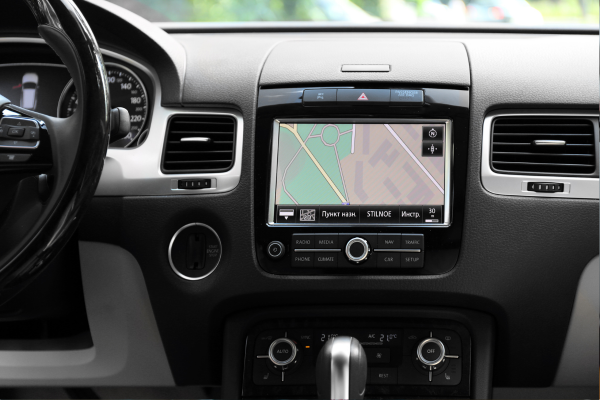
Temperature Range
A car’s interior can get incredibly hot or cold. A standard commercial display would stop working. Automotive-grade displays must have a wide operating temperature range. They need to function perfectly from around -30°C to +85°C (-22°F to +185°F). We test our displays rigorously to make sure they meet these tough standards.
Sunlight Readability
A driver must be able to read the screen in bright, direct sunlight. This requires a high brightness level, often 800 nits or more. We also apply special coatings. An anti-glare (AG) coating diffuses bright light, while an anti-reflective (AR) coating reduces reflections. Both are critical for a safe and usable screen.
Vibration and Shock Resistance
Cars are constantly moving and vibrating. The display must be built to handle this for many years without failing. This means using a rugged design, secure mounting, and components that are specifically designed for high-vibration environments.
Longevity and Certifications
Automotive parts need to last for the life of the vehicle, which can be 10 years or more. As a factory, we guarantee long-term availability of our parts. This is important for our clients who need a stable supply chain. Also, you should always look for suppliers with the right certifications. IATF 16949 is the global standard for automotive quality management. It ensures that the manufacturer, like Santop, follows strict processes for production and quality control. This avoids the problems Vikram had with fake certificates.
What’s the Impact of LCD Displays in the Automotive Industry?
Screens have completely changed the inside of a car. They have turned the dashboard from a simple set of dials into an interactive command center. This shift is a huge part of the modern driving experience.
LCDs have made digital cockpits, large infotainment systems, and advanced safety features like backup cameras possible. They make the car’s interior more personal, connected, and safe for everyone.

The Digital Cockpit
The old analog speedometer and tachometer are disappearing. Now, a single large LCD screen sits behind the steering wheel. This digital instrument cluster is fully customizable. It can show a traditional gauge layout, a full-screen navigation map, or driver-assist information. This flexibility gives the driver the information they need, right where they need it.
The Rise of Infotainment
The center screen is now the heart of the car. It controls everything from music and phone calls to navigation and climate settings. The size and quality of this screen have become a major selling point for new vehicles. It connects our digital lives to our driving experience.
Enhancing Safety
Displays are fundamental to modern safety systems. Backup cameras, which are now standard in many countries, rely on a clear screen in the dashboard. More advanced systems use multiple cameras to create a 360-degree bird’s-eye view, helping drivers park in tight spaces. Blind-spot warnings and other alerts also appear on these screens, making driving safer.
Conclusion
Choosing the right automotive LCD means picking a durable TFT IPS display. It should handle extreme temperatures and bright sun. This ensures a great, safe experience for every driver.

